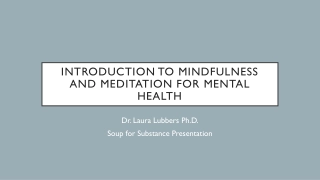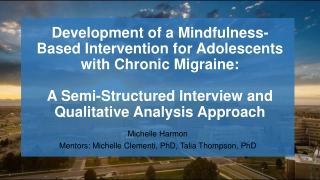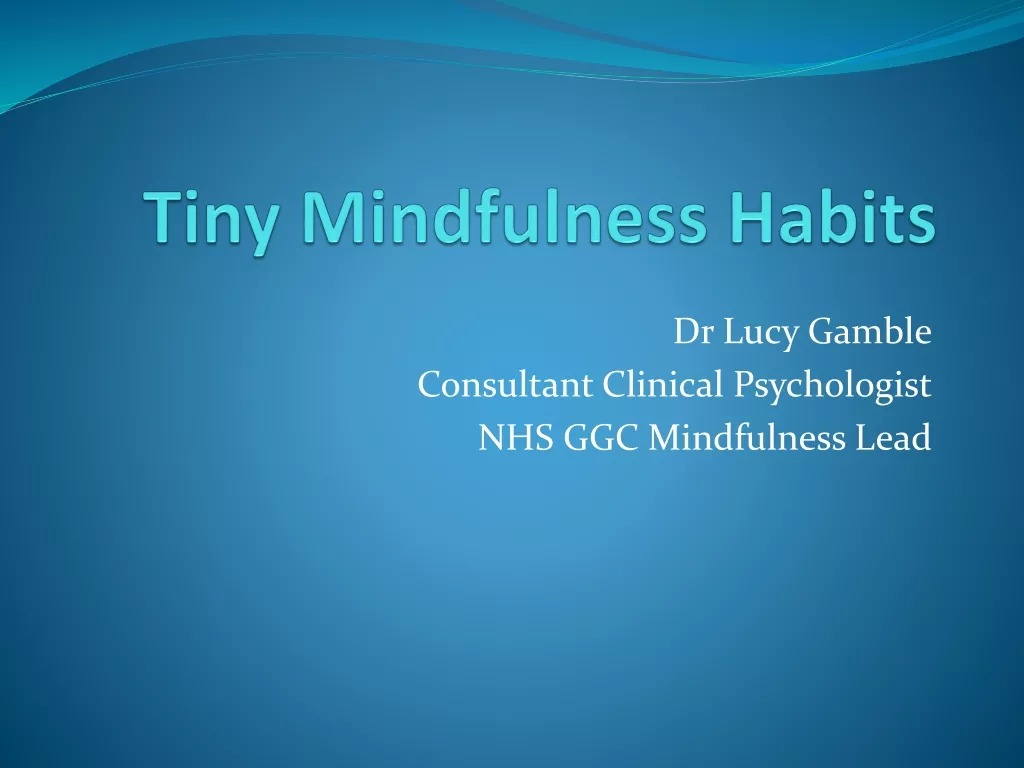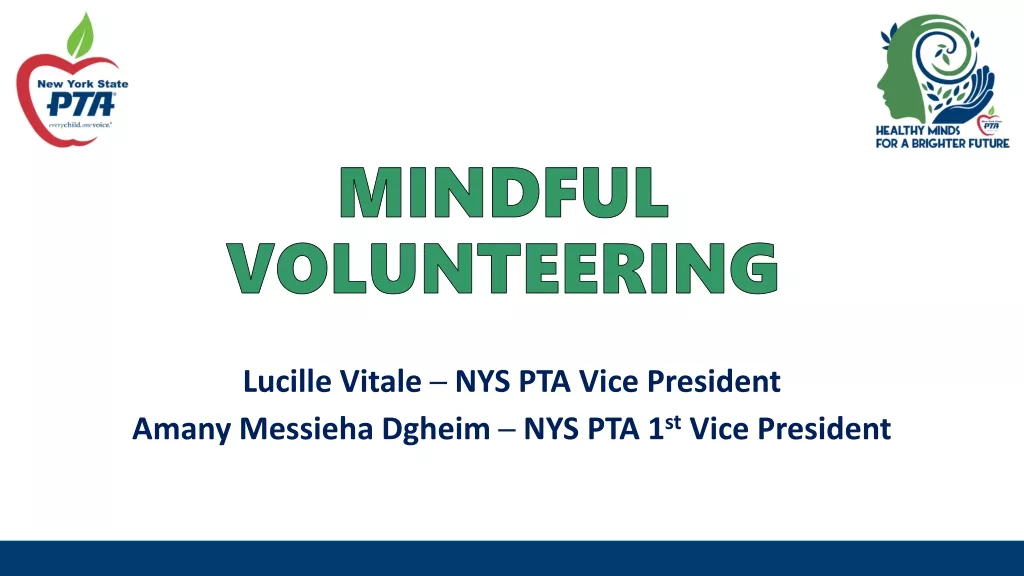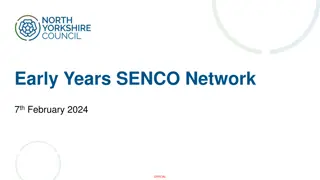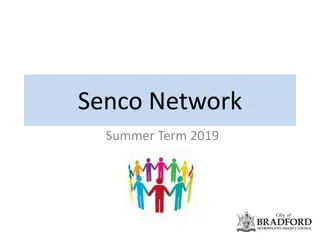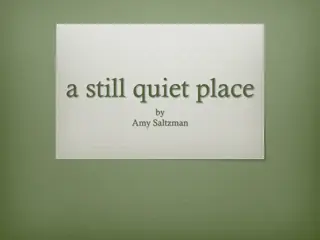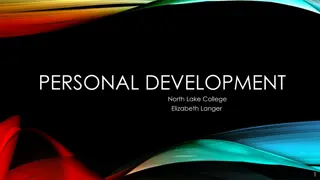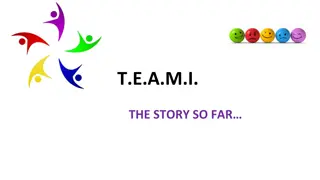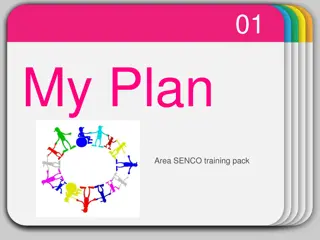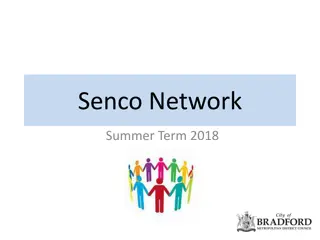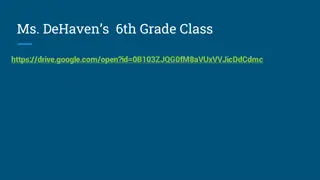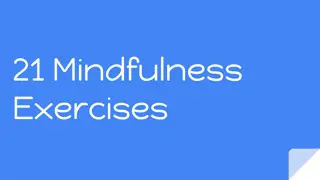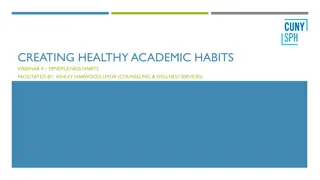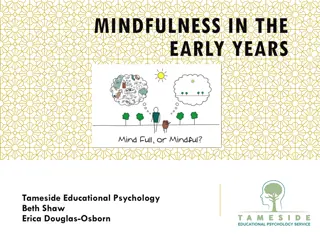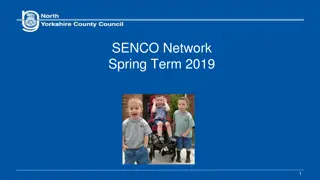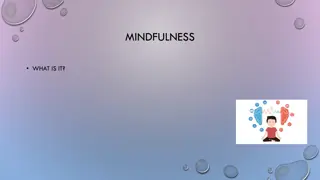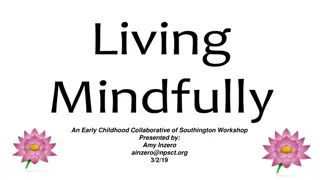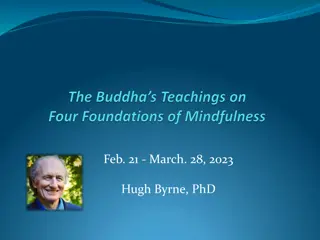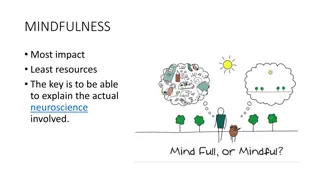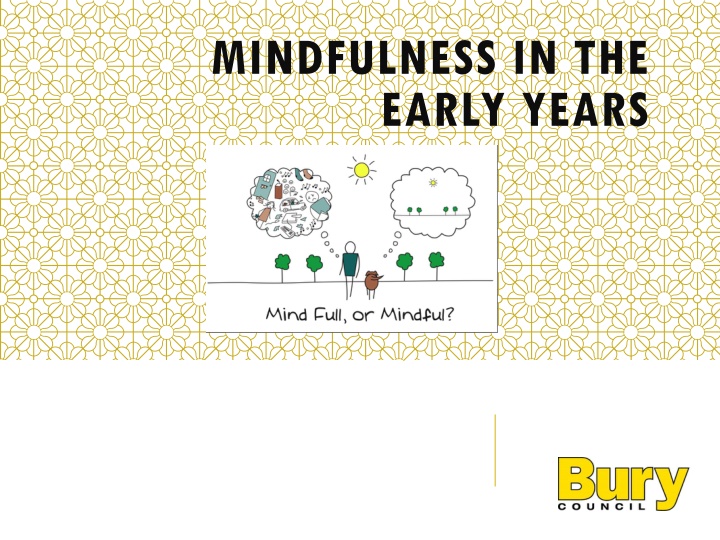
Mindfulness in Early Childhood Education
Discover the benefits of mindfulness for young children and how it can enhance their social, emotional, and mental well-being. Explore mindfulness techniques, its features, and its application in early years settings for improved attention and overall development.
Download Presentation

Please find below an Image/Link to download the presentation.
The content on the website is provided AS IS for your information and personal use only. It may not be sold, licensed, or shared on other websites without obtaining consent from the author. If you encounter any issues during the download, it is possible that the publisher has removed the file from their server.
You are allowed to download the files provided on this website for personal or commercial use, subject to the condition that they are used lawfully. All files are the property of their respective owners.
The content on the website is provided AS IS for your information and personal use only. It may not be sold, licensed, or shared on other websites without obtaining consent from the author.
E N D
Presentation Transcript
MINDFULNESS IN THE EARLY YEARS
WHAT IS ON YOUR MIND? Think of something that is on your mind; write it down; screw it up/ rip it up and throw it away and relax and enjoy the session
AIMS To understand the notion of what mindfulness is. To understand the benefits of using mindfulness for young children. To practice some mindfulness techniques for young children. To identify and discuss how mindfulness can be used in the Early Years.
GROUP AGREEMENT Respect each other Trust/ Confidentiality Make sure everyone gets a chance to speak Be responsible for getting your needs met Be willing to experiment Bring and share your ideas Only join in with what you feel comfortable with Check in with group members or facilitator
WHAT IS MINDFULNESS? Mindfulness refers to the awareness that emerges through paying attention on purpose, in the present moment and non-judgementally to the unfolding experience moment by moment (Kabat-Zinn, 2003 p.145)
FEATURES OF MINDFULNESS Attention to the present moment Awareness Self-compassion Non-judgement Patience Beginner s mind Trust Non-striving Acceptance Letting go
MINDFULNESS IN SCHOOLS/ ORGANISATIONS Recognised by NICE and is increasingly used in preventative and well-being programmes Ofsted Framework (2015)- schools have a duty to support children s well-being and mental health. Recent large scale systematic literature review (Maynard et al.,2017) indicates benefits to children s cognitive skills (e.g. executive function, memory, attention) and social-emotional wellbeing (e.g. reductions in anxiety, stress, internalizing behaviours, improved social skills, self-regulation, self-esteem and engagement)
MINDFULNESS IN THE EARLY YEARS Growing attention in terms of using mindfulness in the Early Years. Research demonstrates increasing numbers of children with attention difficulties at a young age (DiCarlo et al., 2016; Rabiner, Godwin & Dodge, 2016). Children with attention and listening difficulties are often at risk of poorer outcomes. Emerging research indicates that mindfulness is beneficial for not only improving attention but children s social, emotional and mental health needs. Mindfulness may be a useful form of early intervention and prevention.
BREATHING INQUIRY Noticing the breath Breathing with the pinwheel (Kindness curriculum) Place hand on your belly and take a nice deep breath in feeling your tummy rise, and when you are ready breathe out feeling your belly fall. Introduce pinwheel Feel your belly fill with air and then breathe out. Encourage the children to practice and observe what they are doing. Another useful activity is Belly Breathing Lie down in a comfortable position on the floor. Place a stuffed toy on your belly and breathe as you usually would. Notice what happens as you breathe. Our tummy and belly buddy rises as we breathe in, and falls as we breathe out.
LISTENING FOR THE BELL As well as noticing what is happening on the inside, we can pay attention to what is happening around us through the help of the bell. To start with, you may wish to hit the singing bowl and invite the children to raise their hands when they can no longer hear it. Afterwards, encourage the children to take some nice deep breaths and relax.
BREATH INQUIRY During these activities you can lower the lights and play some gentle music. You may wish to leave a minute for reflections e.g. how do you feel when you just pay attention to your breathing? You may wish to explain when you use breathing exercises and why e.g. Breathing exercises can help you to calm down when you are upset or nervous, and can help you to focus better .
GUIDED IMAGERY YouTube Enchanted Meditations for kids by Christine Kerr
TIPS FOR WRITING GUIDED IMAGERY Writing your own scripts Structure: Getting comfortable Start with a general relaxation (visualisations and/or breathing exercises) Using the countdown technique (slowly counting down from 5 to 1) The Journey (describing the environment that you wish the listener to experience. As you do so, attempt to involve the listener s senses. Describe what can be seen, smelled, heard and touched. The more the listener can connect their senses to the environment you describe, the more deeply they will become immersed in the journey). The Return
TIPS FOR READING GUIDED IMAGERY Reading your scripts Be Relaxed To Help Relax Set the Stage Mind the Volume Set the Pace Sense Your Child s Response
ACTION PLANNING What are you going to do next? Have a go

